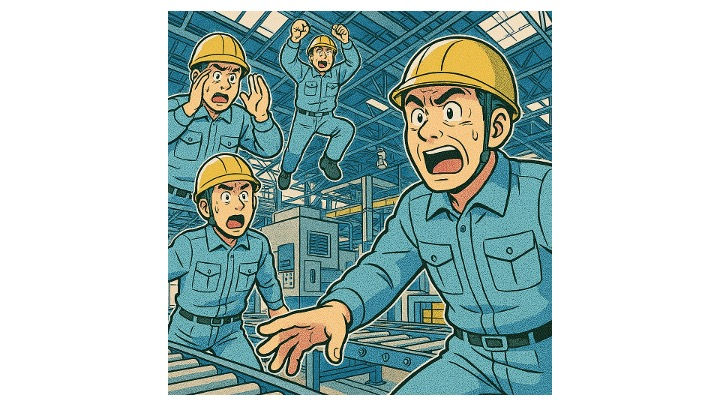Daytime Andon
- hidet77
- Oct 15
- 3 min read

In the Toyota Production System, Andon is the light that turns on when a worker needs assistance. The yellow lamp signals for help, while the red lamp indicates that the line has stopped.
The andon is a lamp that originated in China and came to Japan. It had a plate to hold the oil and a core to place the fire for lighting. As the lamp became popular in Japan during the Edo era, the Japanese began to surround it with paper to protect it from the wind, which could extinguish the fire. Over time, this paper covering started to be decorated.
This andon appears in many Japanese sayings.
🔹 Daytime Andon
It means someone is pointless or not paying attention.
🔹 Andon in the moonlight
For something unnecessary. There is a different version, “Andon in the moonlight is for reputation.” Even if it is unnecessary, you need something for vanity.
These sayings highlight the cultural significance of Andon in Japan. Andon was considered expensive. It required oil, which was not cheap. Fish oil was more affordable, but it caused odor and smoke. Rapeseed oil was the preferred choice, though more costly. There is a famous story of Ninomiya planting seeds to supply oil for the andon.
Andon that doesn’t serve the purpose is a costly waste.
The yellow lamp is requesting help, which means support must be provided immediately. Ignoring the request is not an option.
The red lamp signals that production has stopped, which needs immediate attention. It's crucial to stop when a problem occurs, but that doesn’t mean halting everything indefinitely. Many people misunderstand this aspect of the Toyota Production System. Stopping is necessary to identify a problem, but extended stoppages can harm the business. This sense of urgency is fundamental to TPS. We must quickly return to regular operation.
This means that those who assist, usually team and group leaders, are prepared to respond immediately when the Andon is pulled. To keep the structure ready, we cannot schedule other activities, such as meetings with them, during operating hours. The priority must be helping the frontline. Everyone, including managers and other functions, must respect this responsibility. They cannot schedule anything that violates this rule.
Also, the Andon light must be highly visible. It should be noticeable from anywhere. It may need extra sound to attract attention. It can’t be hidden or have blind spots.
Another aspect of Andon is the ease of access to help. It must be simple to assist. This means that the area responsible for the team and group leader should be nearby and have unrestricted access. It should only take a few seconds to respond. A slight detour makes help difficult. This availability helps the worker feel comfortable knowing their support is nearby. They shouldn’t feel abandoned.
Additionally, the people who come to help must be capable of doing so. Lifeguards are excellent swimmers. If they don’t know how to swim, they will drown themselves while trying to save those in trouble. The same applies to the process. Those who come to help should understand the process and the product so they can support effectively. Those without the knowledge and experience will do more harm than good. This means we need to develop a training system for the team leaders and group leaders.
So, Andon without a system is pointless. It’s just a “daytime andon.” Let’s be cautious.



Comments